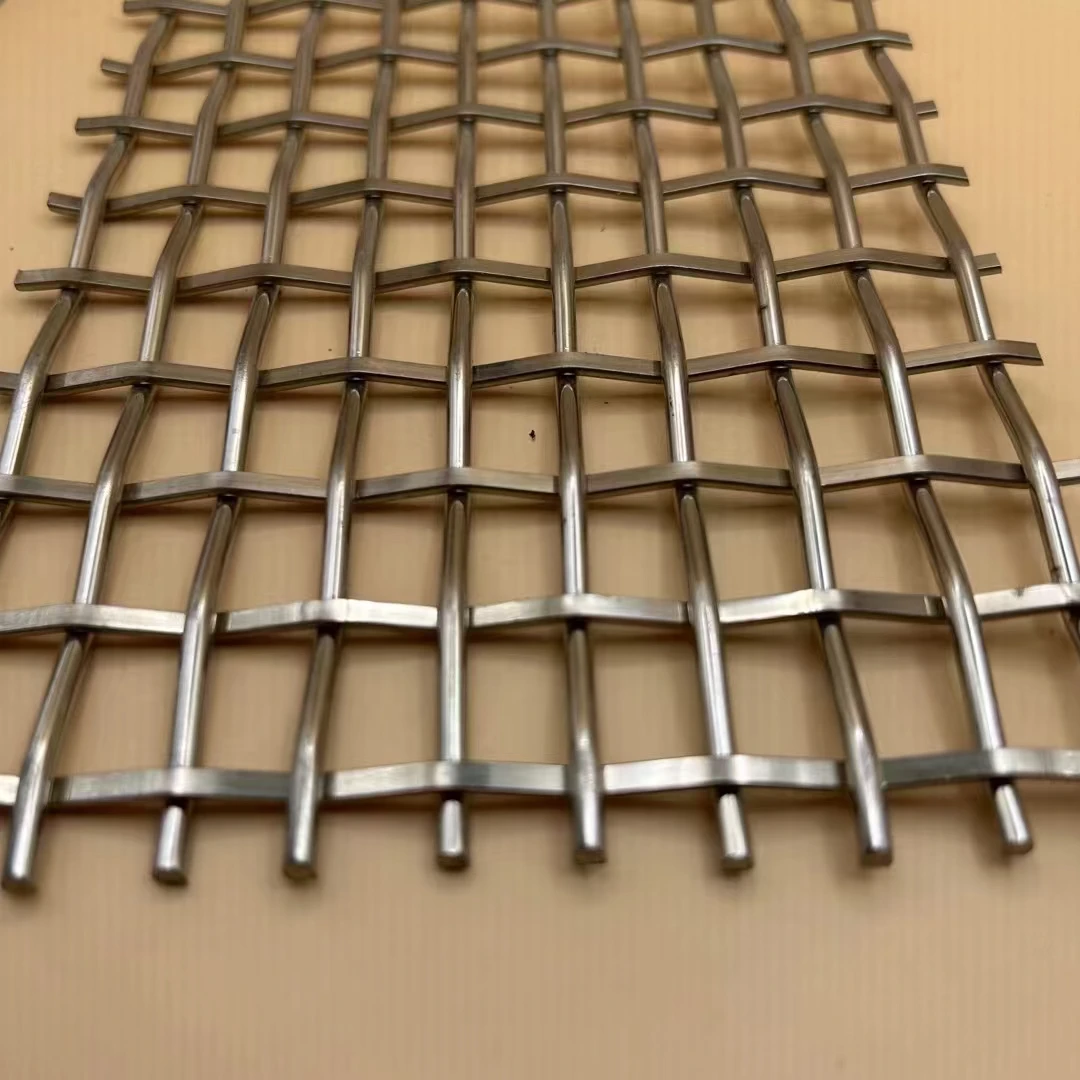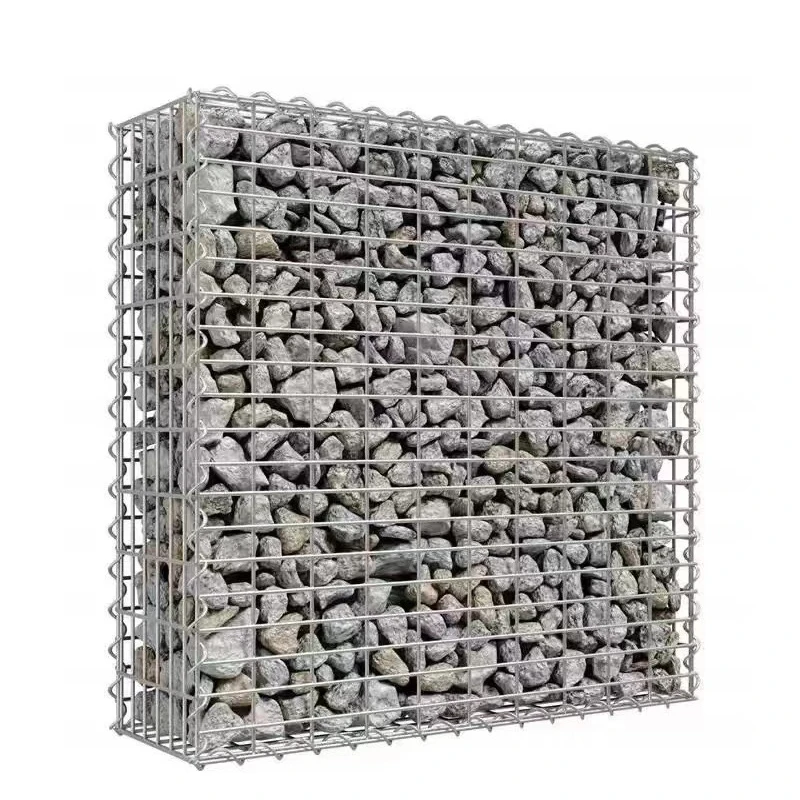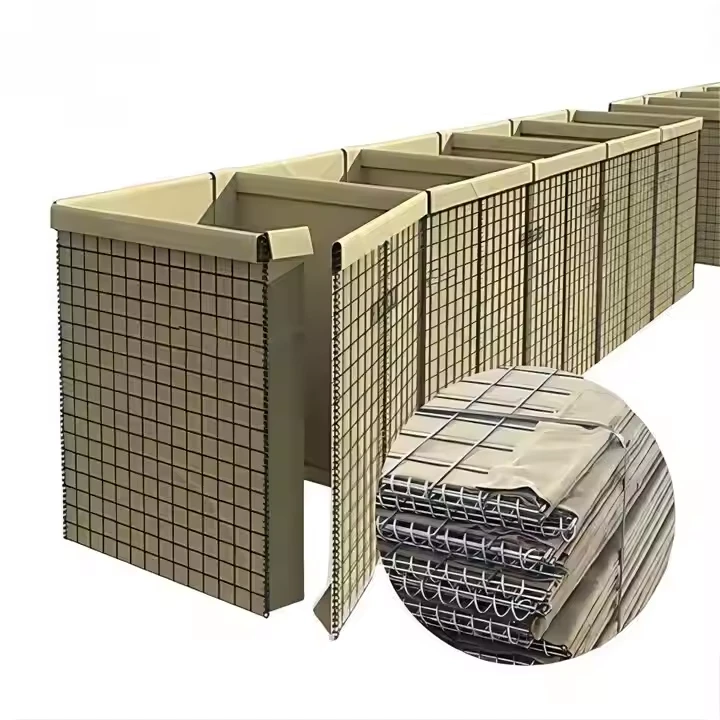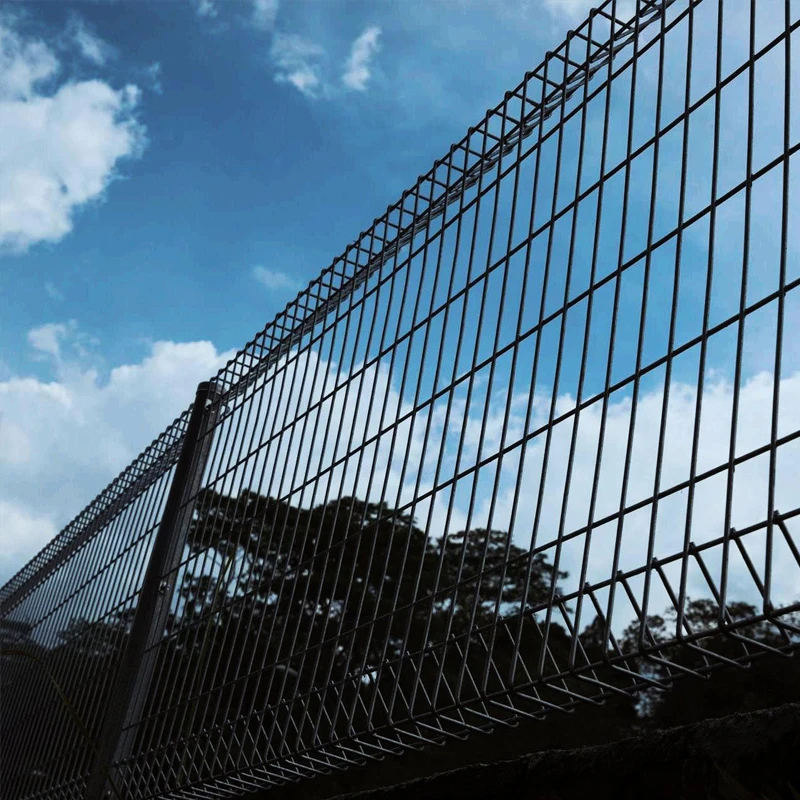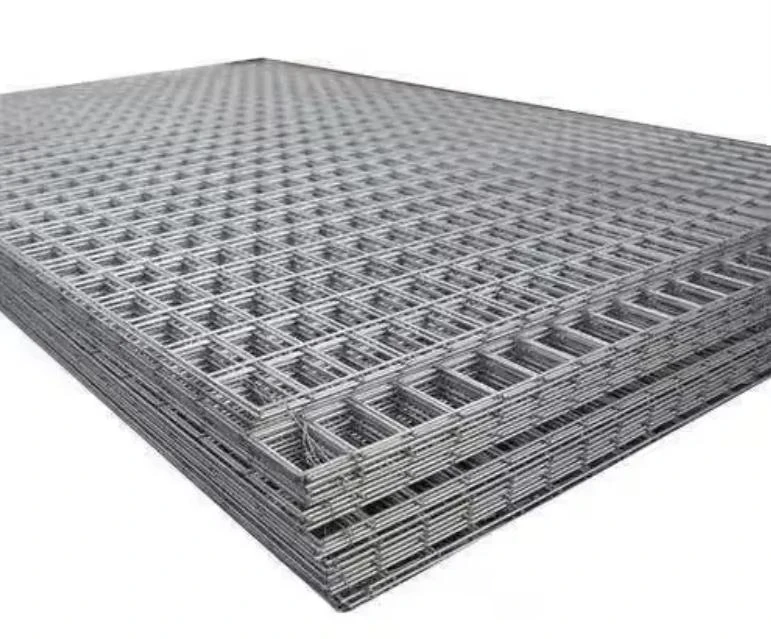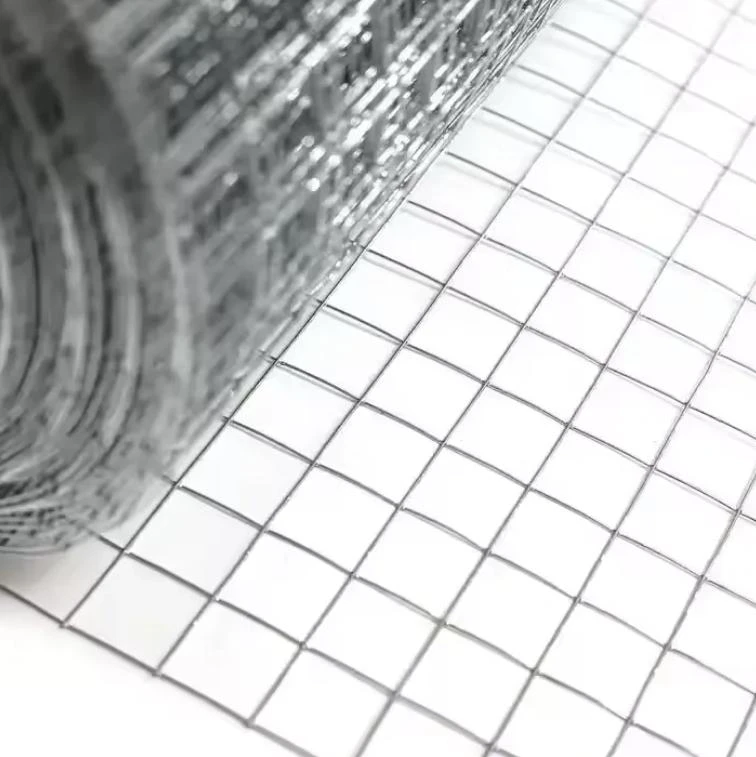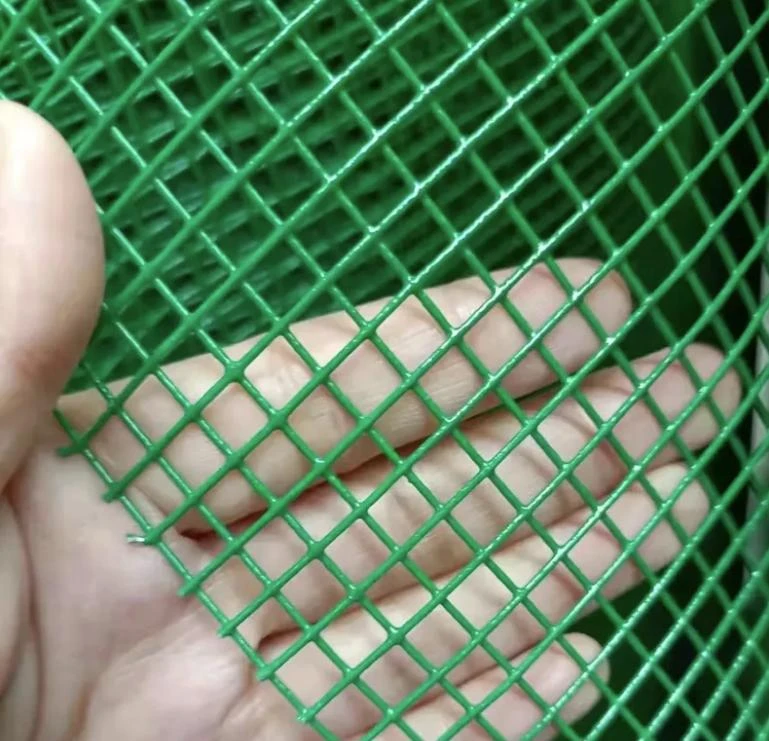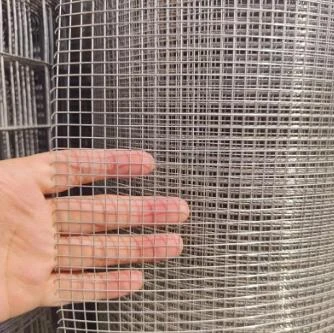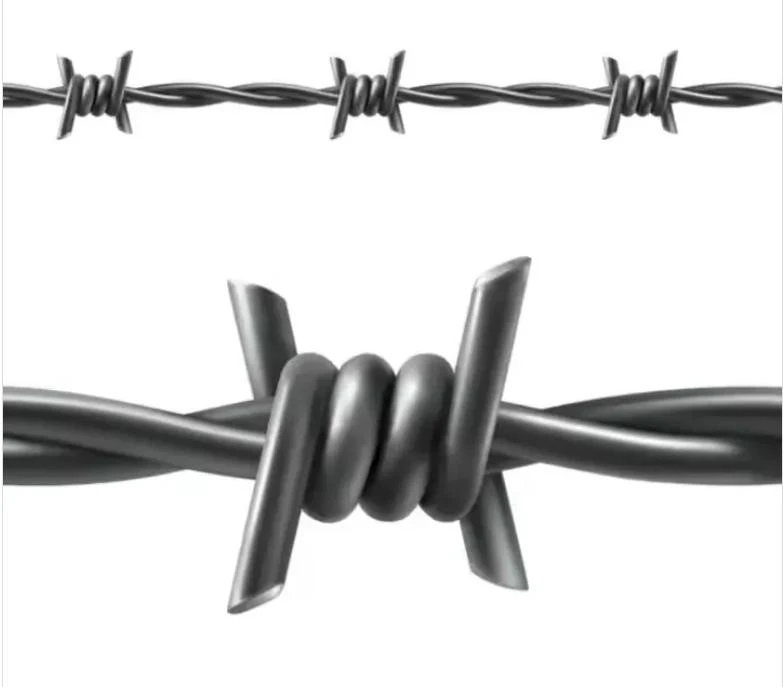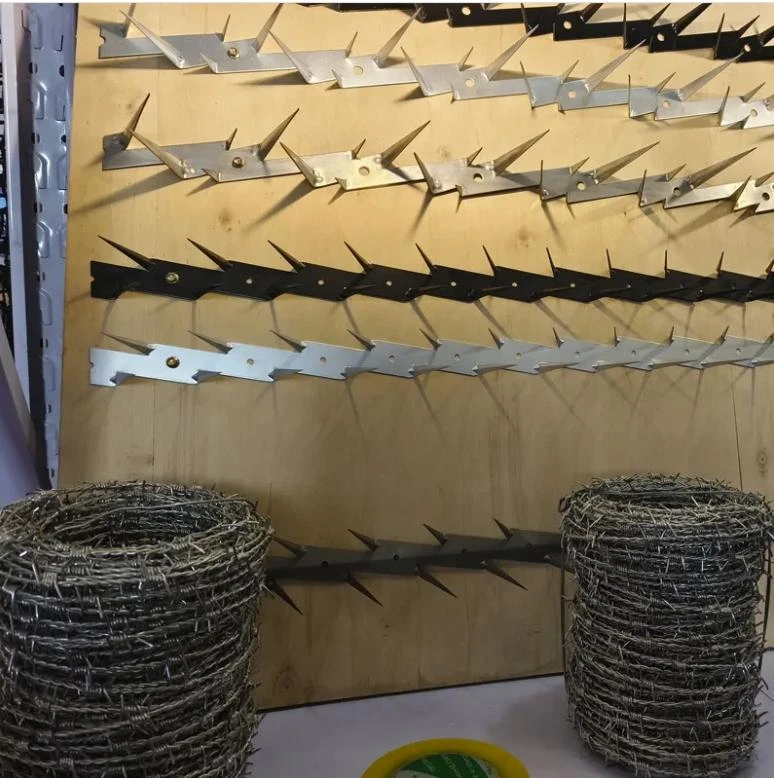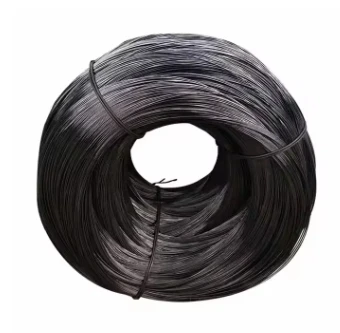Rasierklingen-Stile
Die Klingenstile werden hauptsächlich in zwei Serien unterteilt:
BTO (Stachelbandhindernis) und CBT (Konzertina-Stachelband).
Darunter gibt es fünf am häufigsten verwendete Stile, darunter BTO-10 (kurze Klinge), BTO-22 (mittlere Klinge), BTO-30 (Reißklinge), CBT-60 (Angelhakenklinge) und CBT-65 (lange Klinge).
Cross Razor Wire Blade Types: BTO & CBT Series Breakdown
When it comes to security razor wire, blade design is the cornerstone of effectiveness. JINJIU’s cross razor wire lineup features two flagship series—BTO and CBT—each engineered to meet specific security needs, from high-risk prisons to commercial perimeters. Understanding their differences ensures you choose the right types of razor wire fencing for your site’s unique challenges.
The BTO series stands as the heavyweight of deterrence. BTO blades—short for “Barbed Tape Obstacle”—boast a robust design: 22mm or 30mm blade lengths, paired with a 2.5mm high-tensile steel core wire. These blades are sharpened to a 0.5mm tip radius, creating an intimidating barrier that discourages climbing or cutting. BTO-22, with its 22mm blades, is ideal for industrial yards or utility sites, where moderate security is needed. For maximum protection—think military bases or correctional facilities—BTO-30’s longer blades (30mm) and denser spacing (12 blades per meter) deliver uncompromising defense. All BTO models are available as galvanised razor wire, with a hot-dipped zinc coating (80-120g/m²) that resists corrosion in wet or coastal environments.
The CBT series, or “Concertina Barbed Tape,” prioritizes flexibility without sacrificing strength. Its blades measure 15mm to 20mm in length, with a thinner core wire (2.0mm) that allows tighter coiling—perfect for areas requiring compact storage or quick deployment, such as event perimeters or temporary construction zones. CBT-15 excels in urban settings, where its lower profile balances security with aesthetics, while CBT-20 offers enhanced deterrence for commercial properties. Like the BTO line, CBT security razor wire uses galvanised steel, ensuring durability in high-humidity regions or areas with frequent rainfall.
Both series integrate seamlessly into security razor wire fencing systems. BTO’s rigid structure pairs well with permanent fences, adding a top-tier barrier to existing walls. CBT’s coiled design works as a standalone obstacle or as a topper for chain-link fences, adapting to uneven terrain with ease. As part of JINJIU’s types of razor wire fencing, they share a commitment to safety: blades are sharp enough to deter but engineered to minimize lethal risk, complying with international safety standards.
Whether you need the brute strength of BTO or the adaptability of CBT, JINJIU’s cross razor wire blades deliver security tailored to your perimeter’s demands.
High-Security Applications: Where Cross Razor Wire Shines Brightest
In security, not all threats are equal—and cross razor wire rises to the most demanding challenges. As a pinnacle of types of razor wire fencing, its interlocking blade design and robust construction make it indispensable for sites requiring uncompromising protection. From tightly controlled facilities to critical infrastructure, JINJIU’s cross security razor wire delivers a barrier that deters, delays, and defends.
Prisons and correctional facilities rely on razor wire’s ability to prevent escapes. Its dual-strand, diamond-patterned blades (50x100mm) create a dense, impenetrable barrier, with sharp edges positioned to discourage climbing or cutting. Paired with perimeter walls, security razor wire fencing here uses galvanised razor wire for long-term resistance to corrosion, even in outdoor conditions where exposure to rain, mud, and debris is constant. The cross design’s rigidity ensures it can’t be bent or pulled apart, a critical feature in high-stakes environments.
Military bases and defense installations demand barriers that stand up to both human threats and harsh elements. Cross razor wire’s high-tensile steel core (2.5mm diameter) and hot-dipped galvanization (120g/m² coating) withstands extreme temperatures, salt spray, and intentional sabotage. Installed atop fences or along restricted zones, it integrates seamlessly with surveillance systems—its visibility acts as a psychological deterrent, while its strength ensures physical protection.
Industrial and manufacturing facilities, housing valuable equipment or sensitive materials, benefit from cross razor wire’s versatility. It adapts to irregular perimeters, whether around storage yards, loading docks, or utility areas. Unlike single-strand options, its cross structure minimizes gaps, preventing unauthorized access through undercutting or squeezing. As galvanised razor wire, it resists rust from chemical exposure or industrial runoff, maintaining integrity in factories, refineries, and power plants.
Border checkpoints and critical infrastructure (airports, water treatment plants) prioritize rapid deployment and durability. Cross razor wire’s coil design allows quick installation—unfolding to cover large areas in hours—while its welded blade connections eliminate loosening over time. When integrated into security razor wire fencing systems with alarms or motion sensors, it creates a multi-layered defense that buys time for response teams.
JINJIU’s cross razor wire isn’t just a barrier; it’s a tailored solution. Available in custom heights and blade densities, it aligns with specific security protocols, proving that in high-stakes scenarios, the right types of razor wire fencing isn’t an option—it’s a necessity.
BTO-10 (kurze Klinge)
Der BTO-10-Kurzklingendraht ist der kürzeste Klingentyp, der zuerst für militärische Anwendungen entwickelt wurde. Er behält das ursprüngliche Profil
Das Stachelband aus Nato-Draht ist das sparsamste unter allen Stachelbändern.
 |
|
Klingentyp
|
Widerhakendicke
|
Widerhakenlänge
|
Widerhakenbreite
|
Widerhakenabstand
|
Kerndrahtdurchmesser
|
|
BTO-10
|
0.5 ± 0.05
|
10.0 ± 1
|
13 ± 1
|
25 ± 2
|
2.5 ± 0.1
|
BTO-22 (mittlere Klinge)
BTO-22-Draht mit mittlerer Klinge ist eine Verbesserung gegenüber dem Draht mit kurzer Klinge. Er wird häufig in kommerziellen und industriellen Anwendungen eingesetzt. Ziehharmonika-Draht mit mittlerer Klinge hat schärfere Widerhakenkanten und ist wirtschaftlicher. Für BTO-22-Draht mit Klinge bieten wir auch neue Klingenstile und dünnblechige Drahtstile mit feinem Kern für kostengünstigere Optionen.
|

|
|
Klingentyp
|
Widerhakendicke
|
Widerhakenlänge
|
Widerhakenbreite
|
Widerhakenabstand
|
Kerndrahtdurchmesser
|
|
BTO-22
|
0.5 ± 0.05
|
22.0 ± 1
|
16 ± 1
|
35 ± 2
|
2.5 ± 0.1
|
BTO-30 (Abreißklinge)
Der BTO-30-Reißklingendraht ist ein Hybrid aus mittlerer und langer Klinge, stärker als die mittlere Klinge und wirtschaftlicher als die lange Klinge.
 |
|
Klingentyp
|
Widerhakendicke
|
Widerhakenlänge
|
Widerhakenbreite
|
Widerhakenabstand
|
Kerndrahtdurchmesser
|
|
BTO-30
|
0.5 ± 0.05
|
30.0 ± 1
|
18 ± 1
|
45 ± 2
|
2.5 ± 0.1
|
CBT-60 (Angelhakenklinge)
The CBT-60 Fish-hook blade wire is the metal in the middle that has gone through the most gyrations. All hooks have an eye to tie your line to, a sharp tip to pierce the fish’s mouth and a barb to hold it in place. Although there are a wide variety of innovations in point design, it’s the shank & the bend that has changed the most. This blade of protection effect is excellent and the cost is relatively high.
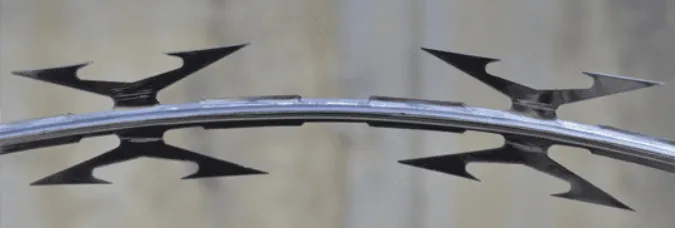 |
|
Klingentyp
|
Widerhakendicke
|
Widerhakenlänge
|
Widerhakenbreite
|
Widerhakenabstand
|
Kerndrahtdurchmesser
|
|
CBT-60
|
0.5 ± 0.05
|
60.0 ± 2
|
31 ± 1
|
100 ± 2
|
2.5 ± 0.1
|
CBT-65 (Lange Klinge)
Die CBT-65-Langklinge ist ein zähes Produkt, wenn sie aus gehärtetem Edelstahlklingenmaterial hergestellt wird. Sie wird normalerweise für Gefängniszäune verwendet. Rasierapparate mit extralanger Klinge sorgen für eine maximale Schreckenswirkung.
 |
|
Klingentyp
|
Widerhakendicke
|
Widerhakenlänge
|
Widerhakenbreite
|
Widerhakenabstand
|
Kerndrahtdurchmesser
|
|
CBT-65
|
0.5 ± 0.05
|
65.0 ± 1
|
51 ± 1
|
100 ± 2
|
2.5 ± 0.1
|
Stacheldraht Spezifikation
| Stacheldraht Spezifikation |
| Referenznummer |
Stahlplattendicke |
Drahtdurchmesser |
Widerhakenlänge |
Widerhakenbreite |
Abstand zwischen den Widerhaken |
| Bundesverband der Wirtschaftsförderung e.V. (BWG) |
mm |
mm |
mm |
mm |
mm |
| BTO-10 |
0.5±0.05 |
2.5±0.1 |
12±1 |
13±1 |
26±1 |
| BTO-12 |
0.5±0.05 |
2.5±0.1 |
12±1 |
15±1 |
26±1 |
| BTO-18 |
0.5±0.05 |
2.5±0.1 |
18±1 |
15±1 |
33±1 |
| BTO-22 |
0.5±0.05 |
2.5±0.1 |
22±1 |
15±1 |
34±1 |
| BTO-28 |
0.5±0.05 |
2.5±0.1 |
28±1 |
15±1 |
34±1 |
| BTO-30 |
0.5±0.05 |
2.5±0.1 |
30±1 |
18±1 |
34±1 |
| CBT-60 |
0.6±0.05 |
2.5±0.1 |
60±2 |
32±1 |
96±2 |
| CBT-65 |
0.6±0.05 |
2.5±0.1 |
65±2 |
21±1 |
100±2 |
Stacheldraht Spezifikation
| Stacheldraht Spezifikation |
| Außendurchmesser der Schleife |
Anzahl der Schleifen |
Standardlänge pro Spule |
Typ |
Hinweise |
| 450 mm |
33 |
7-8 Std. |
CBT-60.65 |
Einzelspule |
| 500 mm |
56 |
12-13 Monate |
CBT-60.65 |
Einzelspule |
| 700 mm |
56 |
13-14 Monate |
CBT-60.65 |
Einzelspule |
| 960 mm |
56 |
14-15 Monate |
CBT-60.65 |
Einzelspule |
| 450 mm |
56 |
8–9 m (3 CLIPS) |
BTO-10.12.18.22.28.30 |
Kreuztyp |
| 500 mm |
56 |
9–10 M (3 CLIPS) |
BTO-10.12.18.22.28.30 |
Kreuztyp |
| 600 mm |
56 |
10–11 M (3 CLIPS) |
BTO-10.12.18.22.28.30 |
Kreuztyp |
| 600 mm |
56 |
8–10 M (5 CLIPS) |
BTO-10.12.18.22.28.30 |
Kreuztyp |
| 700 mm |
56 |
10–12 M (5 CLIPS) |
BTO-10.12.18.22.28.30 |
Kreuztyp |
| 800 mm |
56 |
11–13 M (5 CLIPS) |
BTO-10.12.18.22.28.30 |
Kreuztyp |
| 900 mm |
56 |
12–14 M (5 CLIPS) |
BTO-10.12.18.22.28.30 |
Kreuztyp |
| 960 mm |
56 |
13–15 M (5 CLIPS) |
BTO-10.12.18.22.28.30 |
Kreuztyp |
| 980 mm |
56 |
14–16 M (5 CLIPS) |
BTO-10.12.18.22.28.30 |
Kreuztyp |
Spulenschleifen-Spezifikationen
|
Außendurchmesser
|
Anzahl der Schleifen
|
Erweiterte Länge
|
Badetyp
|
Spulentyp
|
|
300 mm
|
33
|
4–6 m
|
CBT-60, 65
|
Einzelspule
|
|
450 mm
|
33
|
7–8 m
|
CBT-60, 65
|
Einzelspule
|
|
500 mm
|
56
|
12–13 m
|
CBT-60, 65
|
Einzelspule
|
|
700 mm
|
56
|
13–14 m
|
CBT-60, 65
|
Einzelspule
|
|
960 mm
|
56
|
14–15 m
|
CBT-60, 65
|
Einzelspule
|
|
450 mm
|
56
|
8–9 m (3 clips)
|
BTO- 10, 12, 18, 22, 28, 30
|
Kreuztyp
|
|
500 mm
|
56
|
9–10 m (3 clips)
|
BTO- 10, 12, 18, 22, 28, 30
|
Kreuztyp
|
|
600 mm
|
56
|
10–11 m (3 clips)
|
BTO- 10, 12, 18, 22, 28, 30
|
Kreuztyp
|
|
700 mm
|
56
|
10–12 m (5 clips)
|
BTO- 10, 12, 18, 22, 28, 30
|
Kreuztyp
|
|
900 mm
|
56
|
12–14 m (5 clips)
|
BTO- 10, 12, 18, 22, 28, 30
|
Kreuztyp
|
|
980 mm
|
56
|
14–16 m (5 clips)
|
BTO- 10, 12, 18, 22, 28, 30
|
Kreuztyp
|
Stacheldraht aus rostfreiem Stahl, verzinkter Stacheldraht/Stacheldraht/Stacheldraht/Stacheldraht mit Stachelband
Edelstahl-Konzertina-Stacheldrahtmaterial
Feuerverzinkter Stacheldraht
Elektrisch verzinkter Stacheldraht
PVC-Malerei Rasiermesser Stacheldraht
Stainless steel razor barbed wire
Stainles Steel Concertina Razor wire Type
Concetina Stacheldraht
Kreuztyp-Stacheldraht
Einzelspulen-Stacheldraht
Flach gewickelter Stacheldraht
Geschweißtes Razor-Stacheldrahtgeflecht




















